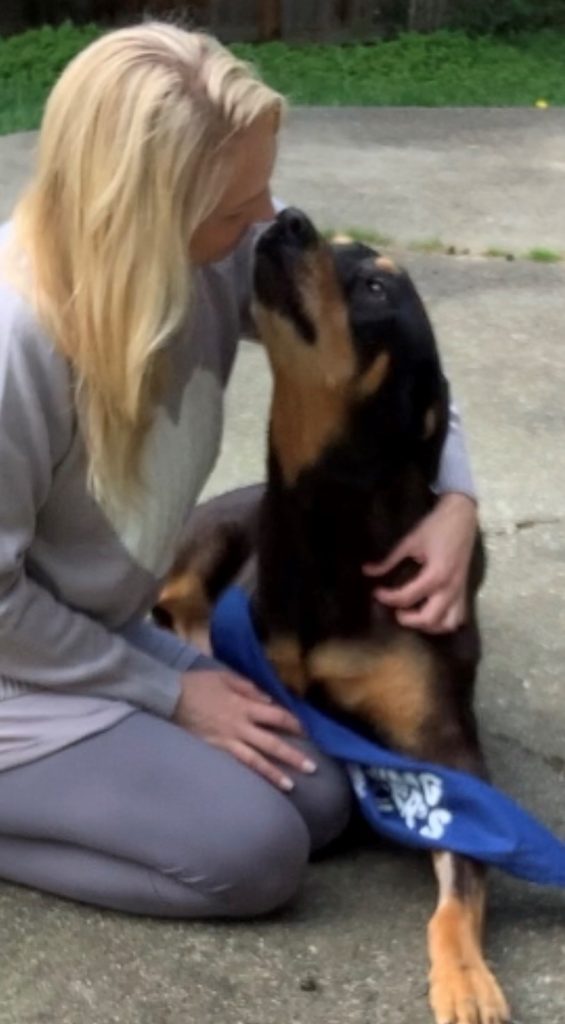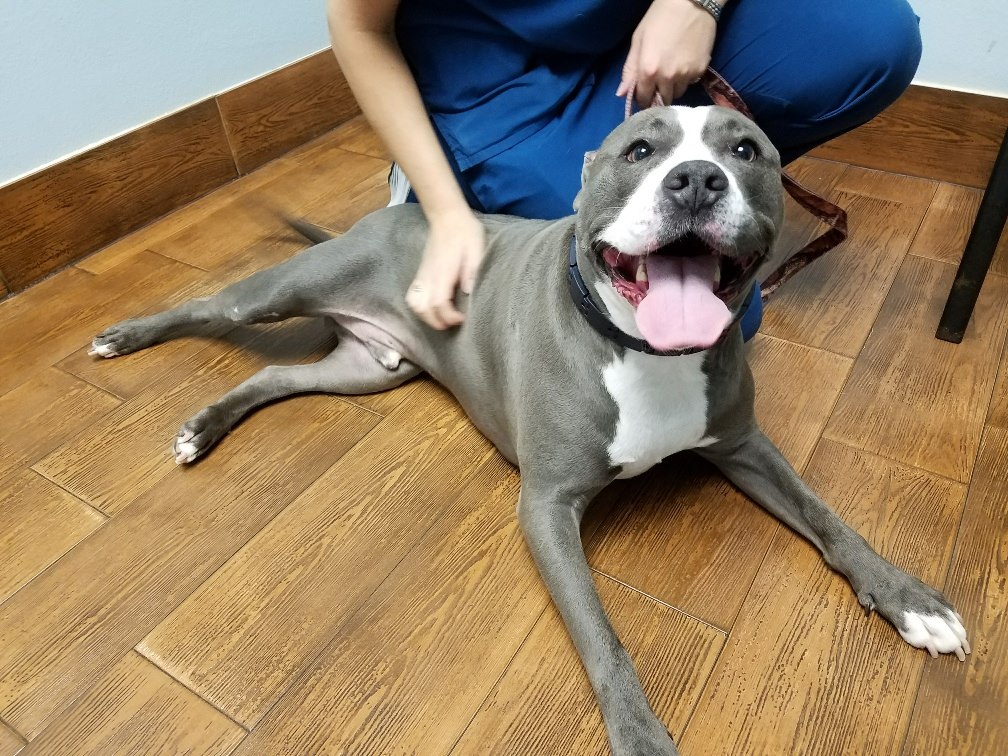VetStem Cell Therapy Gets Explosive Detection Dog Back to Work
When our pets are in pain, we will do whatever we can to make them more comfortable. That is why so many pet owners elect to have their pet treated with VetStem Cell Therapy. They all have one primary goal: to improve their pet’s quality of life. Keeping our pets happy and healthy is incredibly important. But when a dog’s pain is not only affecting their quality of life, but also their ability to perform very specialized tasks, getting them back to top shape is crucial.

That is the case with Jax, a German Shepherd and an explosive detection dog in Florida. Jax seemed to limp ever since he was a puppy. An X-ray revealed that he has bilateral hip dysplasia and osteoarthritis. Hip dysplasia is a deformity in the ball and socket joint of the hip that eventually leads to osteoarthritis. It is a painful condition that can greatly reduce a dog’s quality of life. And of course, it affected Jax’s ability to perform on the job.
Fortunately, Jax’s veterinarian, Dr. Jeff Christiansen of Superior Veterinary Surgical Solutions, recommended treatment with VetStem Cell Therapy. Dr. Christiansen has been utilizing VetStem Cell Therapy for over a decade and has previously provided stem cells for working police dogs.
To begin the process, fat was collected from Jax’s abdomen in a minimally invasive anesthetic procedure. The fat was processed at the VetStem processing laboratory to extract and concentrate the cells contained therein. Three injectable doses of Jax’s own stem cells were shipped to Dr. Christiansen for treatment. Jax received one injection into each hip and one intravenous dose.
According to his owner and handler, Jax responded well to the treatment. He stated, “Jax is a year and a half and, well, to say he’s a fantastic pup is an understatement. His limping is gone and he’s a typical GSD.” Jax received a follow up treatment with one IV dose approximately nine months after his initial treatment using some of his stored stem cells. Approximately two months after his second treatment, Jax’s owner said he is rocking the bomb work!
We love hearing stem cell success stories, especially when the treatment helps animals return to their important jobs like Jax! Keep up the good work, Jax!










